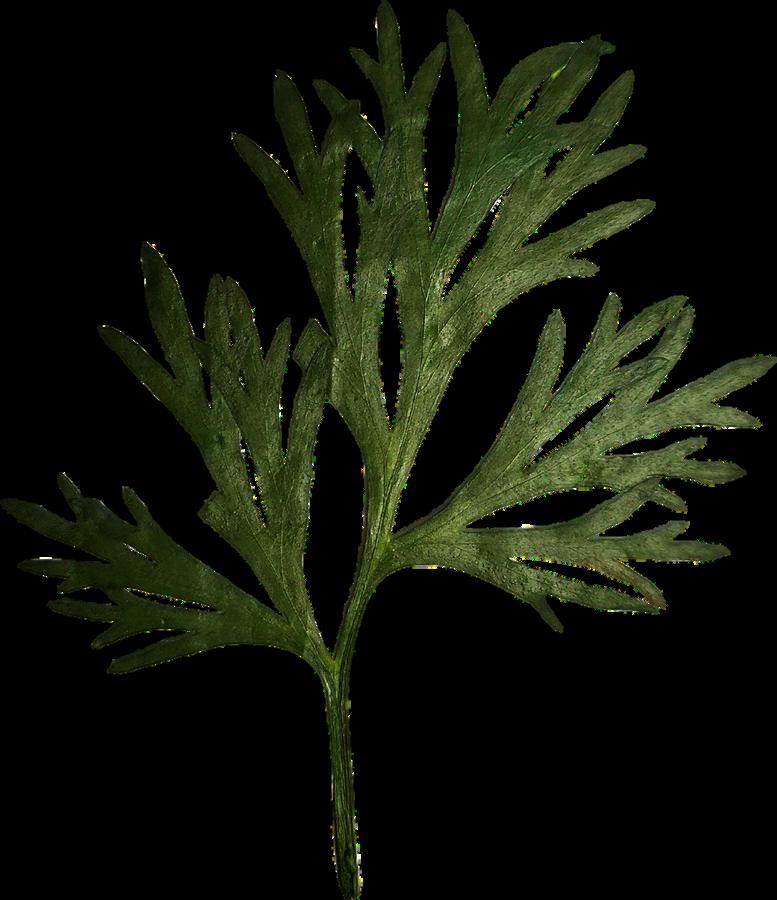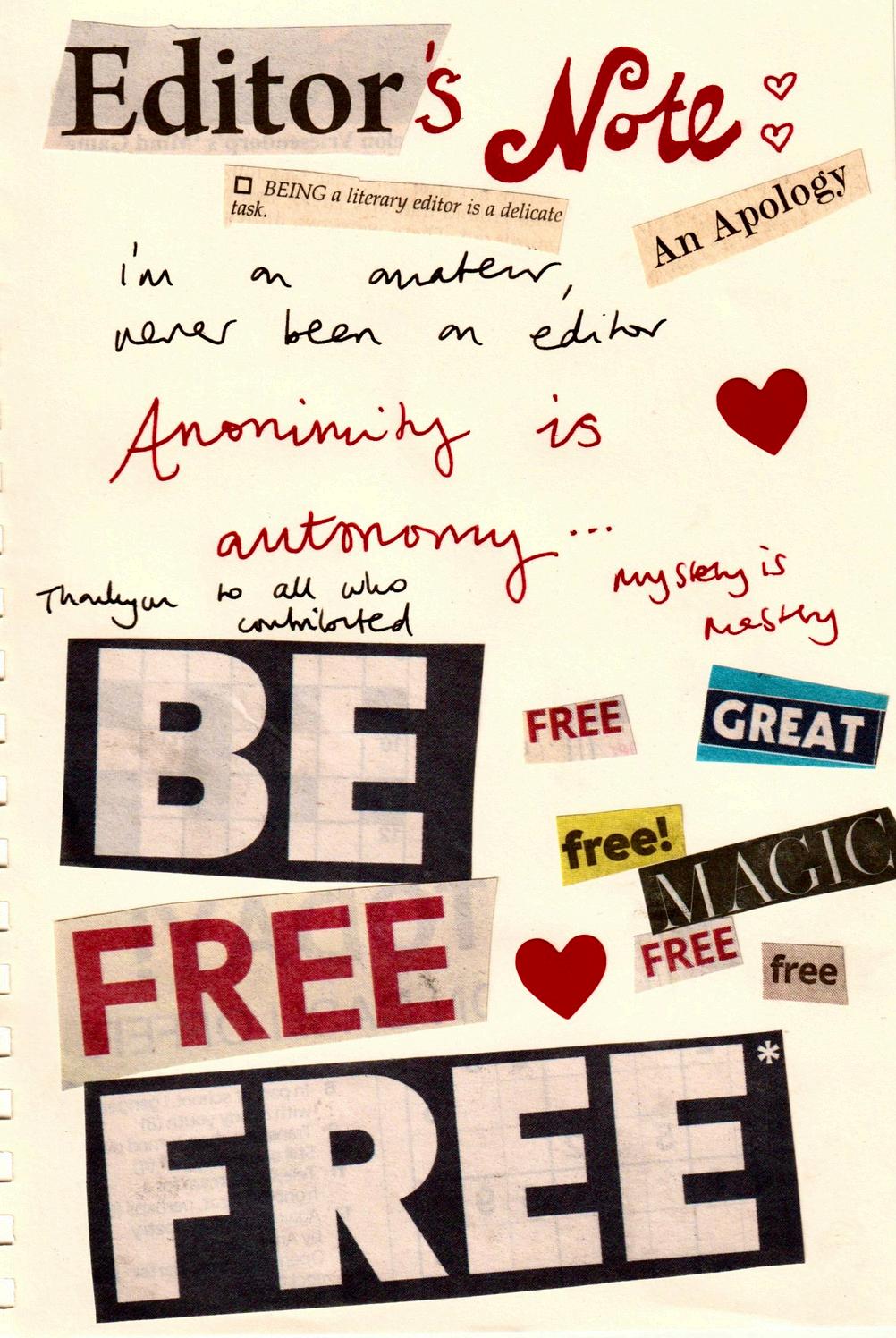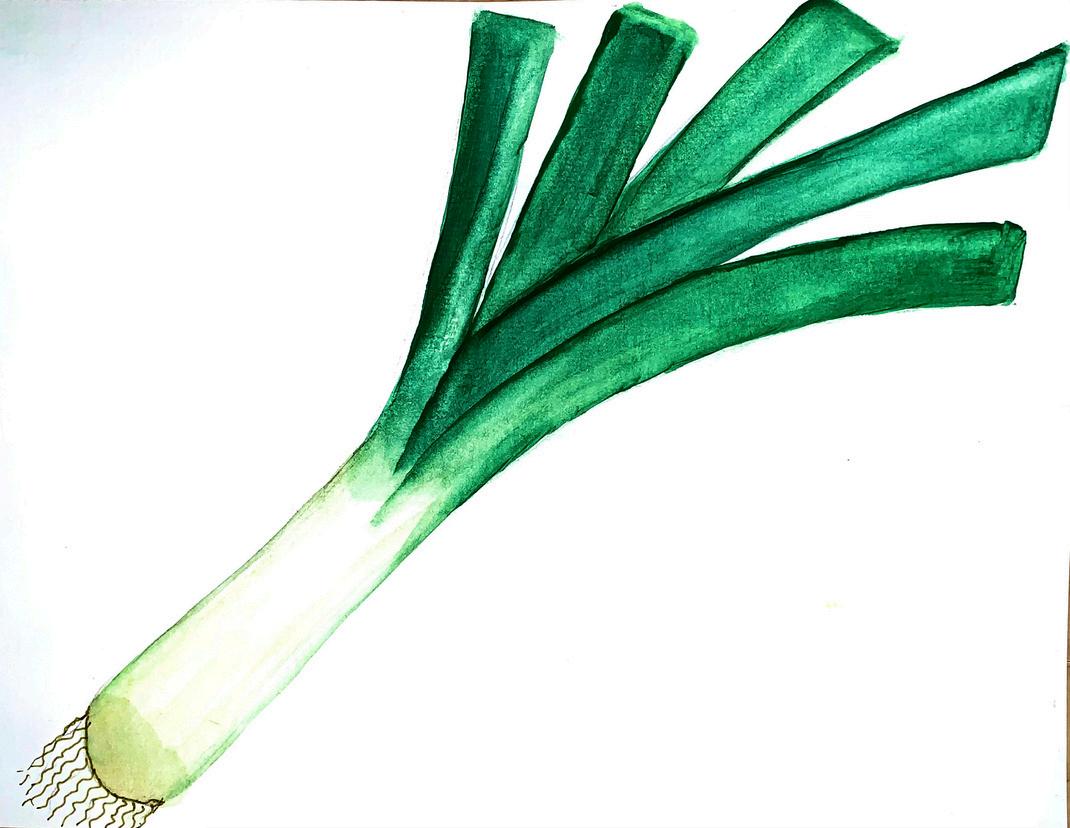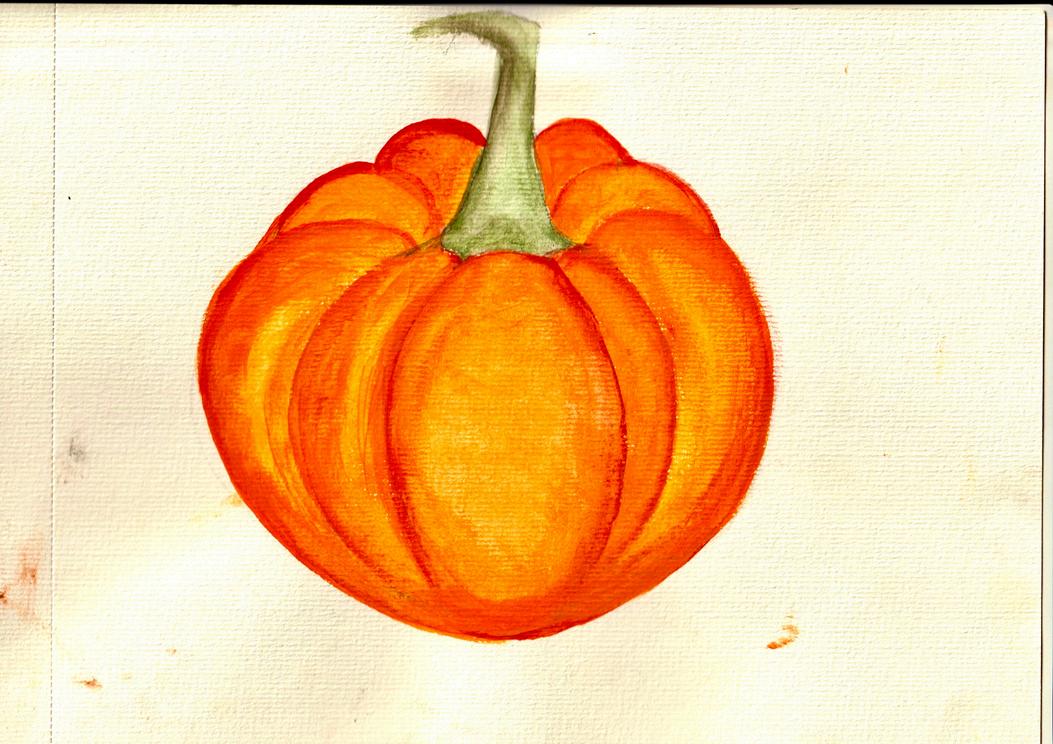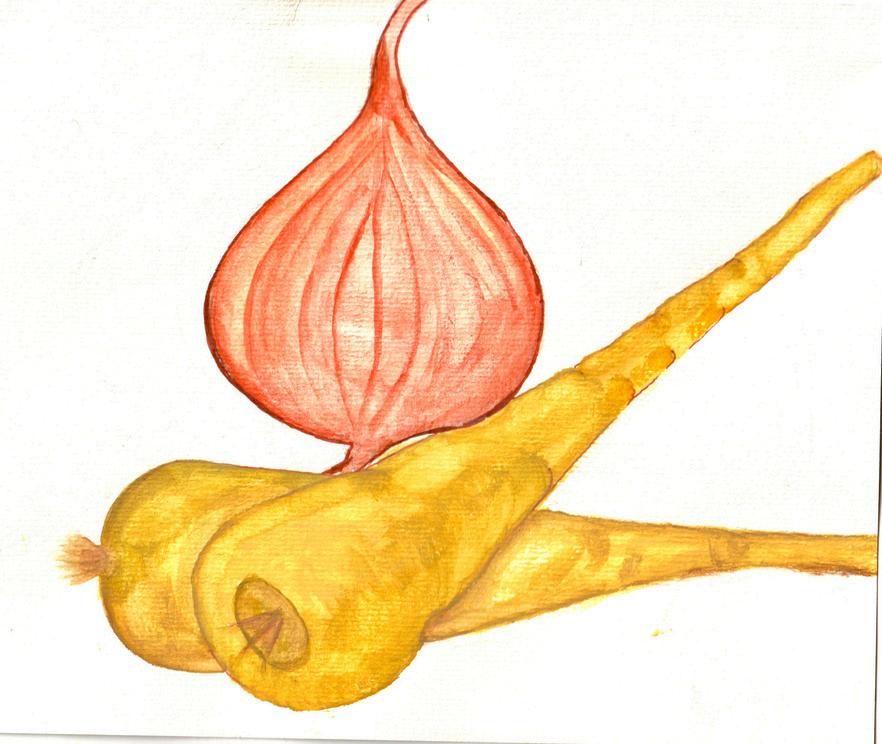Art by María Tomás
The first image is an oil painting, a sea-being — half-mermaid, halfcreature of the depths — is caught in a net of cold, unyielding metal. It is not a myth but a mirror: the silent suering of oceans entangled in our waste.
This work speaks of the fragile balance we break when we treat nature as disposable. Every wire, every net, every piece of scrap echoes in the water, binding life that should flow free.
Through painting, I seek to reclaim discarded images and remind us that upcycling and reuse are not just creative choices — they are acts of care, of repair.
Camden is my home, and with this piece, I invite our community to see the sea inside ourselves, and to honour it by reimagining what we throw away.
The second image.Taken at Primrose Hill, this photograph is a quiet reflection on the traces we leave behind. Every step, every mark, carries weight — not only on the earth beneath us but on the future that follows.
Nature absorbs our presence, but it also remembers. The question is: what kind of footprints do we choose to leave?
Follow Maria on instagram @Maria.tomas art
‘Porridge and flowers’, watercolour and ink
‘No face, no case’, oil pastels and ink
They used to really like peeling long thin tendrils off the paper tree at the back of their garden. On the ground around there, curly shavings lay in their hundreds as evidence of their play And some other spare afternoons they would muddle together the fallen rose petals with water, and they would call it ‘perfume’, presenting it to the adults for cosmetic use. But their favourite hobby by far in those days was playing with bugs that they found. Later, when they were all grown up, they never flinched when flies landed on their still summer bodies.They were well accustomed to the soft little tickle dancing across them, attributing it to those outdoor afternoons that they spent with their muddy knees pressed against the ground as they scrabbled around looking for ants.
Sometimes they would bring sticky bits of leftovers that their parents said the bugs would like, plopping them in a pile in some shady corner and watching as the insects came in their tens to disassemble the loot. It was like their very own private Attenborough documentary. Even those of them that did not yet understand the importance of an ecosystem could sense that something grand was happening, and it filled them with warmth to know that this was being carried out by the tiny Something in the vein of ‘small things, big difference’ was forming in their minds, and it didn’t feel like platitude, because it was a lesson that they learned for themselves, by watching and by playing.
Their observational efforts expanded as they grew older and coupled their participatory knowledge with their intellectual understanding; they decided to contract their parents to hammer together wooden crates for them, so that they could make habitats for the bugs And they learned all sorts by doing this: creepy crawlies like the seclusion of bricks and stones. Damp wood is important, but so are smaller drier twigs and crumbly leaves too. Ladybirds like pinecones, especially when they are piled up closely together
In the summer they collected dried grass and in the autumn they collected dried leaves, and these they stuffed into whatever space they could find. And then VIPs started to frequent their establishments too: they heard small toads go ribbet in the evening and sometimes they even spotted a hedgehog. It became a self-sustaining miniature village, and eventually it was impossible for them to build any more, because there was basically no space in the garden to put other stuff, or to entertain human guests, or even to sit and have a cup of tea. And so they started cataloging.
They brought out magnifying glasses and poured over the many nooks and crannies they had made in order to watch the insects bristle in and out of their many rooms. A Big Bug Book was created, and there were many pages of information on the various residents of bug village. Sometimes they would gather together insects in a jar so that they could sketch them and also google them. On the ‘Ant Page’ they had written that ‘black ants are commonly seen between March and October, while red ants appear year round; both of these share the same damp dark habitats.’ This they accompanied with several crayon drawings of ants scuttering across the page
For a while things continued in this vein, but they were growing at the same time as Bug Village was, and at some point in their teens, the project ground to a natural halt. They stopped varnishing the exposed bits on the many wooden crates, which led to sag and rot, not that they even noticed this anymore. And one day when their parents looked out, they decided that the damp and discarded bug village that sprawled across their grass looked quite bleak actually, and that something should be done about it.When they went out there to inspect it, they saw that mold was growing, and poking their gloved hands into the residents’ rooms, they deduced that there were few left sheltering there.
They told this to their children, who weren’t really children anymore, and shoulders were shrugged when the prospect of demolition and removal was raised. And so it was that Bug Village itself was raised too, with the concerted efforts of one weekend’s labour.The only evidence of its existence there were the large dark shapes etched into the matted lawn where the structures used to be No one was very upset about this, because it was after all natural that their hobbies were changing as they grew up, and there was of course the added bonus of having the space for some garden furniture now
So they put out a table and chairs, and some time later they quietly put Big Bug Book up on a shelf, and it was many years before it was opened again, during the disordered shuffle of a move The one that found it called the others over so that they could smilingly leaf through the pages together The book made them nostalgic, and they loosely rallied around the idea of rebuilding Bug Village, but they themselves were busy bees now and the momentum that they gathered in the form of empty old wine crates sat idle in their new kitchen until they forgot about the whole thing.
Bug Village was never reconstructed. But they are adults now, and when they gather for a catch up, they sometimes reminisce about it, swearing that the next time they visit their parents they really ought to root around for that old exercise book they once filled up. (What was it called again? Oh yes, Big Bug Book!) But no one has the time to go through all those old dusty stacks that their parents have somehow accumulated, and so it remains in some unkempt corner somewhere, performing its final act of bug service as food for the dust mites.
NOTE FROM THE AUTHOR: If you are interested in building bug habitats, have a look on the Woodland Trust Website.They have loads of great advice. It is where all the research for this piece of writing was done.
Structural changes interpreted as foreign
Molecular agitation the mitochondria doesn’t recognise
We’re overfed but starving at the cellular level
There’s an effective order
I reckon I have seasonal effective disorder
Eating seasonally...
You don’t need preservatives
When you eat seasonally...
World order eau’ naturale
Here’s a seasonal Calendar
(You can add the years and days yourself- DIY)
(Food watercolours by Tara Flynn)
Apples, Beetroot, Brussels Sprouts, Carrots, Celeriac, Celery, Chicory, Jerusalem Artichokes, Kale, Leeks, Mushrooms, Onions, Parsnips, Pears, Red Cabbage, Salsify, Savoy Cabbage, Spring Greens, Spring Onions, Squash, Swedes, Turnips, White Cabbage
Apples, Beetroot, Brussels Sprouts, Carrots, Celeriac, Chicory, Jerusalem Artichokes, Kale, Leeks, Mushrooms, Onions, Parsnips, Pears, Purple Sprouting Broccoli, Red Cabbage, Salsify, Savoy Cabbage, Spring Greens, Spring Onions, Squash, Swedes, White Cabbage.
Artichoke, Beetroot, Carrots, Chicory, Leeks, Parsnip, Purple Sprouting Broccoli, Radishes, Rhubarb, Sorrel, Spring Greens, Spring Onions, Watercress.
Artichoke, Beetroot, Carrots, Chicory, New Potatoes, Kale, Morel Mushrooms, Parsnips, Radishes, Rhubarb, Rocket, Sorrel, Spinach, Spring Greens, Spring Onions, Watercress.
Artichoke, Asparagus, Aubergine, Beetroot, Chicory, Chillies, Elderflowers, Lettuce, Marrow, New Potatoes, Peas, Peppers, Radishes, Rhubarb, Rocket, Samphire, Sorrel, Spinach, Spring Greens, Spring Onions, Strawberries, Sweetheart Cabbage, Watercress
Asparagus, Aubergine, Beetroot, Blackcurrants, Broad Beans, Broccoli, Cauliflower, Cherries, Chicory, Chillies, Courgettes, Cucumber, Elderflowers, Gooseberries, Lettuce, Marrow, New Potatoes, Peas, Peppers, Radishes, Raspberries, Redcurrants, Rhubarb, Rocket, Runner Beans, Samphire, Sorrel, Spring Greens, Spring Onions, Strawberries, Summer Squash, Sweetheart Cabbage, Swiss Chard, Tayberries, Turnips, Watercress.
Aubergine, Beetroot, Blackberries, Blackcurrants, Blueberries, Broad Beans, Broccoli, Carrots, Cauliflower, Cherries, Chicory, Chillies, Courgettes, Cucumber, Gooseberries, Greengages, Fennel, French Beans, Garlic, Kohlrabi, Loganberries, New Potatoes, Onions, Peas, Potatoes, Radishes, Raspberries, Redcurrants, Rhubarb, Rocket, Runner Beans, Samphire, Sorrel, Spring Greens, Spring Onions, Strawberries, Summer Squash, Sweetheart Cabbage, Swish Chard, Tomatoes, Turnips, Watercress.
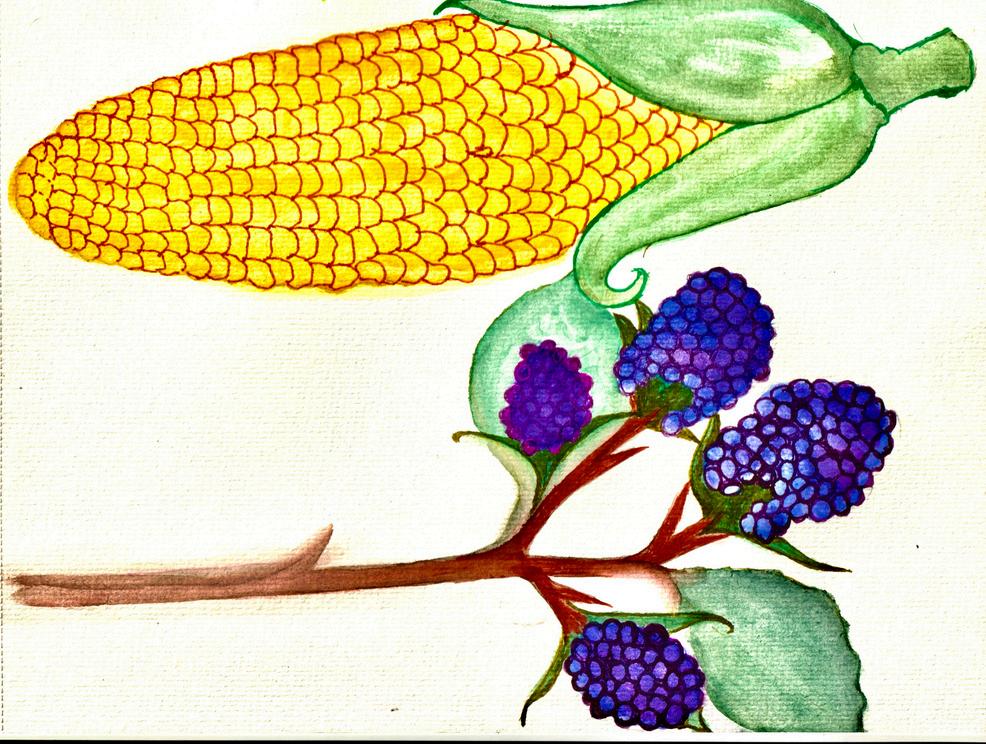
Aubergine, Beetroot, Blackberries, Blackcurrants, Broad Beans, Broccoli, Carrots, Cauliflower, Cherries, Chicory, Chillies, Courgettes, Cucumber, Damsons, Fennel, French Beans, Garlic, Greengages, Kohlrabi, Leeks, Lettuce, Loganberries, Mangetout, Marrow, Mushrooms, Parsnips, Peas, Peppers, Potatoes, Plums, Pumpkin, Radishes, Raspberries, Redcurrants, Rhubarb, Rocket, Runner Beans, Samphire, Sorrel, Spring Greens, Spring Onions, Strawberries, Summer Squash, Sweetcorn, Sweetheart Cabbage, Swiss Chard, Tomatoes, Watercress, White Cabbage.
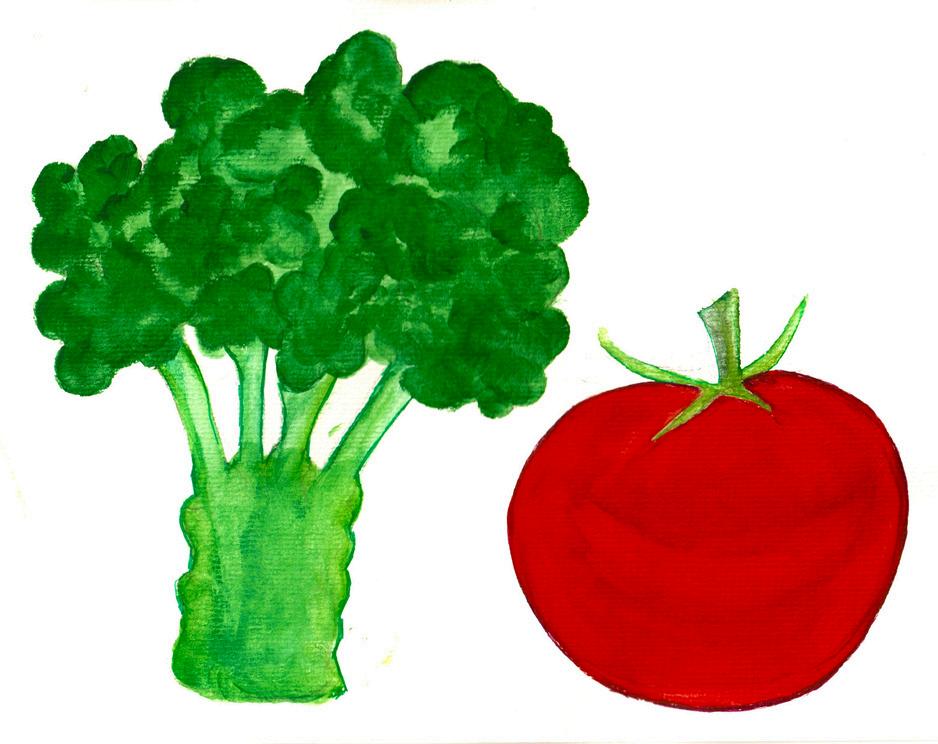
Aubergine, Beetroot, Blackberries, Broccoli, Brussels Sprouts, Butternut Squash, Carrots, Cauliflower, Celery, Courgettes, Chicory, Chillies, Cucumber, Damsons, Garlic, Kale, Kohlrabi, Leeks, Lettuce, Mangetout, Marrow, Onions, Parsnips, Pears, Peas, Peppers, Plums, Potatoes, Pumpkin, Radishes, Raspberries, Red Cabbage, Rhubarb, Rocket, Runner Beans, Samphire, Sorrel, Spinach, Spring Greens, Spring Onions, Strawberries, Summer Squash, Sweetcorn, Sweetheart Cabbage, Swiss Chard, Tomatoes, Turnips, Watercress, Wild Mushrooms, White Cabbage
Apples, Beetroot, Brussels Sprouts, Butternut Squash, Carrots, Cauliflower, Celeriac, Celery, Chestnuts, Chicory, Cranberries, Elderberries, Jerusalem Artichokes, Kale, Leeks, Onions, Parsnips, Pears, Potatoes, Pumpkin, Quince, Red Cabbage, Salsify, Savoy Cabbage, Swede, Swiss Chard, Turnips, Watercress, Wild Mushrooms, Winter Squash, White Cabbage
Apples, Beetroot, Brussels Sprouts, Carrots, Celeriac, Celery, Chestnuts, Chicory, Cranberries, Jerusalem Artichokes, Kale, Leeks, Mushrooms, Onions, Parsnips, Pears, Potatoes, Pumpkin, Quince, Red Cabbage, Salsify, Savoy Cabbage, Swede, Swiss Chard, Turnips, Watercress, Winter Squash, White Cabbage.

